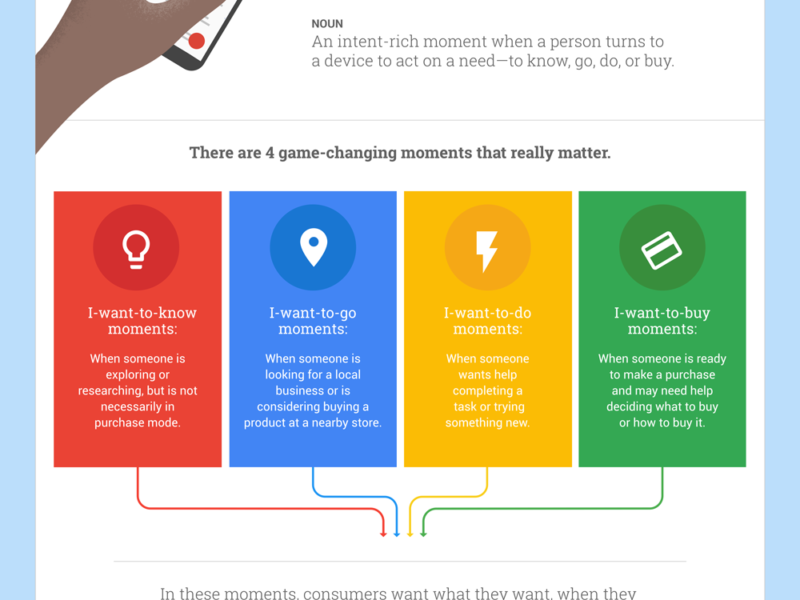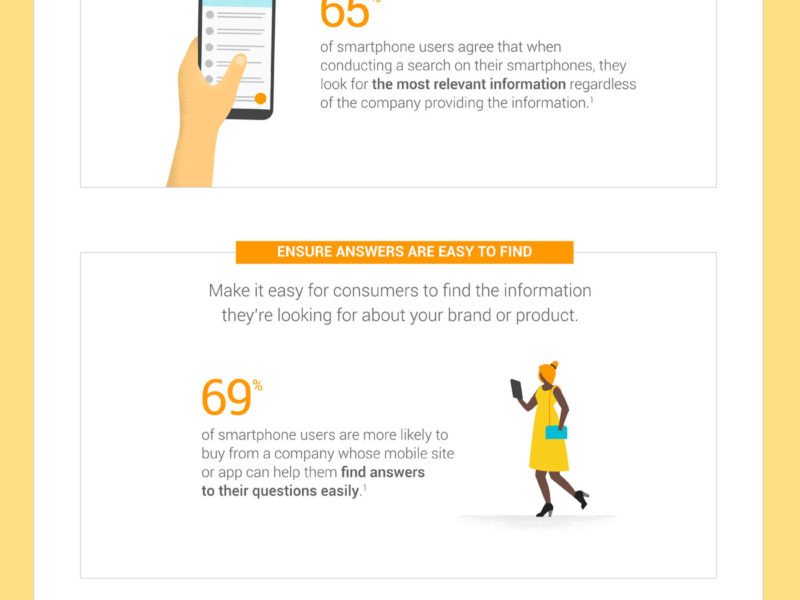In today’s mobile-first world, consumers are constantly on the move with smartphones in hand. Geolocation in mobile marketing means using location data to deliver tailored messages and offers to users based on where they are. This powerful approach can supercharge engagement, drive foot traffic, and make your marketing spend more efficient. Here’s how businesses can smartly harness geolocation technology for mobile marketing success.
How Geolocation Technology Works in Mobile Marketing
Geolocation technology uses GPS, Wi-Fi, and cell tower data to determine a user’s real-time position. Marketers can use this precise location information to send highly relevant notifications, promotions, or content directly to mobile devices. Think of it as a digital version of handing a flyer to someone right before they enter your store. Here a few examples:
- Proximity-based Push Notifications: A retail chain can automatically send a discount coupon to customers walking near their store.
- Geo-fencing: Restaurants can set up a virtual boundary around their locations, alerting app users about lunch specials when they’re nearby.
- Location-based Search Ads: Local service providers—like plumbers or gyms—can appear in search results when someone is in their service area.
A common mistake is to over-target users, which may lead to notification fatigue. In practice, the most effective campaigns strike a balance: delivering value without overwhelming the user.
Practical Tips to Enhance Your Mobile Marketing Practices
Ready to get started? Here’s how you can maximize your results:
- Define Clear Objectives: Know whether you want to drive foot traffic, increase app engagement, or boost immediate sales.
- Segment Your Audience: Use behavioral data alongside location for laser-targeted messaging. For example, offer different deals to first-time visitors versus loyal customers.
- Time Your Messages: Send notifications when users are most likely to engage—like lunchtime for restaurants or after work for gyms.
- Test and Optimize: Use platforms like Google Ads or tools such as Foursquare for Business to monitor campaign performance and refine your approach.
- Prioritize Privacy: Be transparent about data usage and make it easy for users to opt out, building trust and long-term loyalty.
Pro tip: Combining geolocation with mobile payment promotions or loyalty programs often leads to even higher conversion rates.
Getting the Most Out of Geolocation: Lessons From the Field
Successful brands don’t just adopt geolocation—they integrate it with their broader marketing ecosystem. For instance, a coffee shop might use geolocation data not only to trigger push notifications, but also to personalize in-app offers and update local ad campaigns in real time.
In practice, businesses that review campaign data regularly can spot trends—like which times or locations generate the most responses—and adjust their strategies accordingly. Tools such as Foursquare and Google My Business can help with both execution and analysis.
FAQ
Is geolocation technology expensive or complicated to implement for small businesses?
No, many platforms—like Google My Business or social media ad managers—offer user-friendly and affordable geolocation features. Even small businesses can start simple and scale as they grow.
How can I avoid annoying users with too many location-based messages?
Limit notifications to truly relevant moments, always provide value, and give users easy control over their preferences. Less is often more when it comes to location-based marketing.
In conclusion, leveraging geolocation in mobile marketing, businesses can reach the right people, in the right place, at the right time—creating more meaningful interactions and stronger results.






